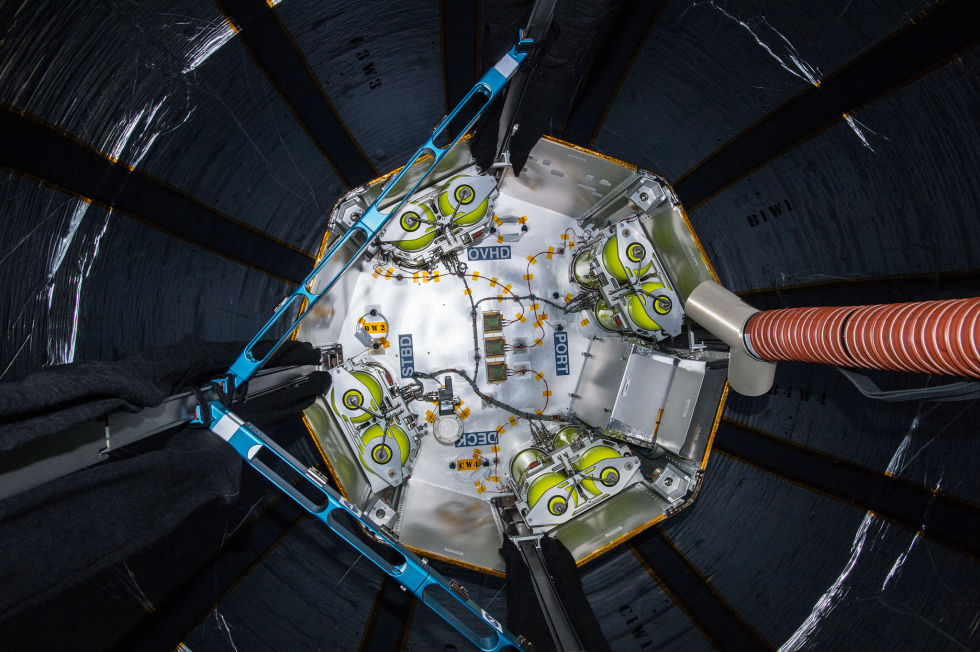NASA’s room in space has expanded, but will it prove durable?

NASA
The interior of the Bigelow Expandable Activity Module is seen during sensor installation and after successful expansion. This is the best view we've seen so far.
10 more images in gallery
In April, astronauts attached an expandable room to the International Space Station, which they successfully inflated at the end of May. This week, NASA astronaut Jeff Williams entered the Bigelow Aerospace expandable module and said everything was fine. He subsequently installed some sensors to monitor air pressure, temperature, and other variables, as well as other hardware.
Finally, on Wednesday, Williams removed his tools from the module and closed the hatch. Astronauts will not reenter the 13-foot-long module now until August, when they will perform more checks of the equipment.
Why wait so long? Because as important as it was to demonstrate the module could be expanded, it is more important still to prove its durability over the two-year experiment. Engineers with Bigelow have said the expandable's kevlar-like weave should be at least as protective as the station's aluminum hull when it comes to tiny orbital debris. The company also says that with this material, the interior of the module should prove a quieter location than the notoriously noisy station interior. NASA is also interested in how the non-metallic shell of the module limits radiation exposure.
Read 2 remaining paragraphs | Comments